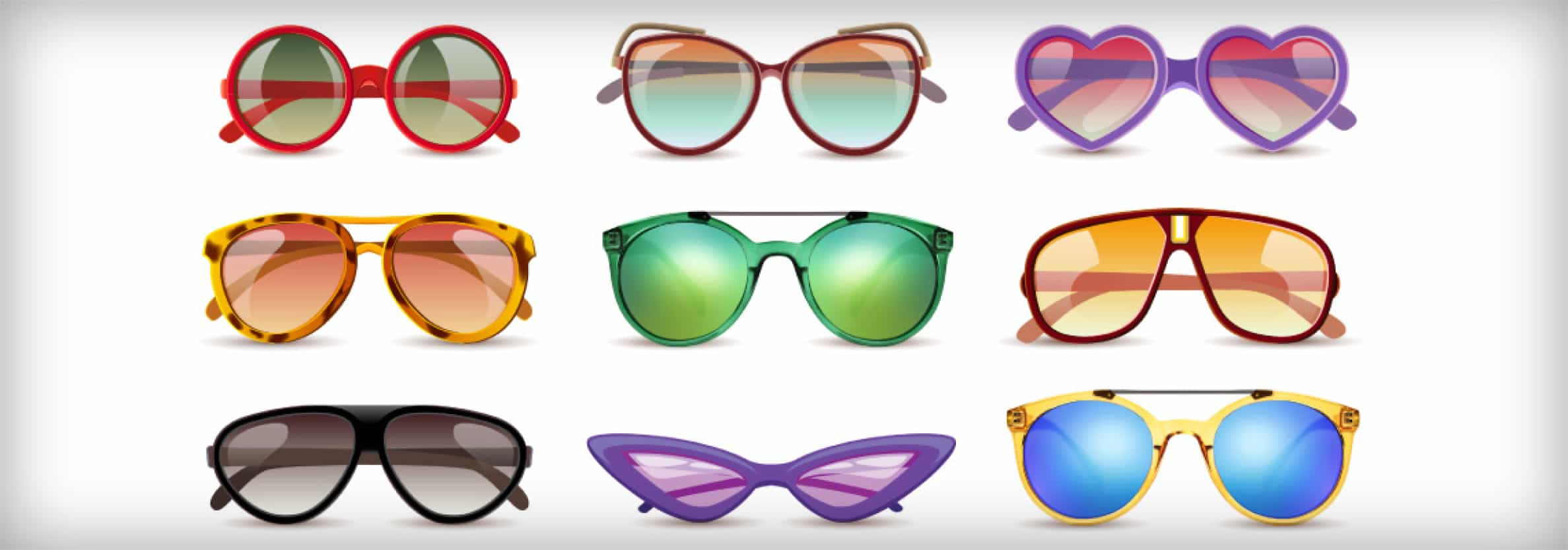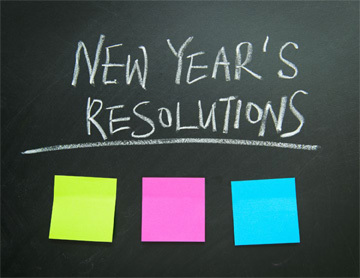Have you ever had a conversation with someone who you shared an experience with – a sibling, reflecting on your childhood, or an old school friend talking about an event or person from your past – and found that your recollections and perspectives on the event are so different, it almost seems like the two of you did not experience the same event?
This relatively common effect is a result of the fact that our perception and focus of attention are not objective. Rather, based on our personality and state of mind at the time of an event, we can notice different things as well as attaching different meanings and interpretations to these things.
This is one of the effects of our different paradigms or points of view, which are fundamentally influenced by our Enneagram Type.
This quote reminds us that our perception is not the objective truth, but rather a slice of the whole truth, flavoured by our own personal needs, concerns and beliefs. Why is this? The need to filter and prioritise certain signals from the environment is a basic evolutionary need, one which has become even more vital in the modern world, which is overloaded with information and full of complexity. Our brains need to filter the noise in order to cope, but they are limited in their efforts to do so.
How Enneagram Type shapes perception
The different Enneagram Types arise out of fundamentally different worldviews, paradigms or ways of seeing the world that shape and direct the Type’s core motivations, self-talk and focus of attention. Enneagram theorist Jerome Wagner talks about the nine Types as ‘9 Lenses on the World’. This is an apt description of how our Type filters and acts like a set of lenses that affect what we see, and what meaning we will attach to those observations.
Each Enneagram Type can be understood as a fixated perspective on the world (often referred to as a worldview) that results in a particular set of traits and behaviours as a result.
We see the world as a reflection of ourselves, creating a distinct pattern of attention. This perspective can filter the world accurately but can also distort it – our glasses create sharpened vision in some areas, but also create massive blind spots in other areas.
For example, imagine a stressful situation such as the aftermath of an accident or a building collapse, with a team of nine people, one from each of the different Enneagram Types, as the first responders. The accident scene is chaotic, full of noise, images, people moving around, smoke and damage – an overload of information and data that requires the brain to filter and sort through it. In this sorting process of taking stock of the scene and deciding what should be prioritised first, each Enneagram Type is likely to notice a different selection of facts, elements and possibilities, based on their lenses:
- An Ennea 1 may notice what is broken, out of alignment or out of place. They may focus on who is responsible for the accident.
- An Ennea 2 may notice the people in the situation, their expressions and who needs help. They might overlook their own safety needs.
- An Ennea 3 might immediately begin prioritising what to tackle first, taking a pragmatic approach.
- An Ennea 4 might be initially overwhelmed by their feelings and reflect on the deeper meaning of the event, seeing parallels and archetypes.
- An Ennea 5 is likely to feel the need to pause, step back and evaluate before acting. They might pay attention to evaluating the facts and data of the situation.
- An Ennea 6 might be the first to notice any unstable structures that could still fall, as they are scanning for danger and evaluating the possible actions.
- An Ennea 7 might take the scene in fully and begin trouble-shooting fast, moving to action before others know what they are thinking.
- An Ennea 8 is likely to see what needs to be done and step in to start. They may take an active role in coordinating and directing others as well.
- An Ennea 9 may notice the different groups involved in the response and move to facilitate them and help them coordinate with each other.
None of these Types would be incorrect in what they see – these are all real, valid observations, and all nine may make appropriate contributions to the situation. However, if this group of nine stopped and tried to achieve consensus on what is happening, and what the priorities or correct course of action would be before they act, they would find it very difficult to agree.
How do the nine Types see the world?
Each of the nine Enneagram Types represents a point of view that filters the inputs from their environment. As we have seen, this filtering tends to lead to a certain pattern of thinking, feeling and acting in response to the world – after all, if all you see is danger, anxiety is the only reasonable response, and if all you see is limitation, striving for freedom makes sense. These nine different worldviews are detailed below…
|
||
|
Enneagram Ones are painfully aware of the imperfections and errors in the world, unable to gloss over or look past things that are not right. Their gaze separates everything into good or bad, right or wrong, black or white. They may miss seeing what is good, or the many shades of grey that make up the world. |
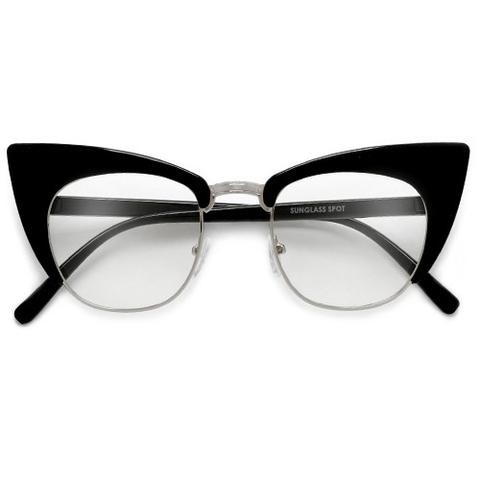 |
|
|
||
| Wherever they look, Enneagram Twos see people – people needing help, people who need support, people who need their potential to be unleashed, people who need them. They may have a blind spot for their own needs and neediness, however, as they are so focused on others instead. | 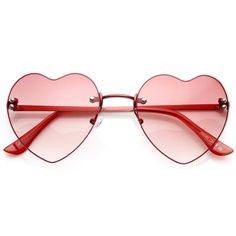 |
|
|
||
| An Enneagram 3’s gaze scans the environment broadly, trying to figure out the lay of the land and the rules of the game. They are likely to notice competition and rankings in any competitive space. Their focus on the end goal makes them able to spot risks or potential derailers to their plans, but they may have a blind spot for failure. |  |
|
|
||
| The Enneagram 4 looks at a world that many others cannot see – multi-layered and often symbolic, full of meaning, beauty and magic. They sometimes seem able to ‘see’ emotions and dynamics in an intuitive way. They are eternally searching for themselves and tend to see what others have that they are missing. | 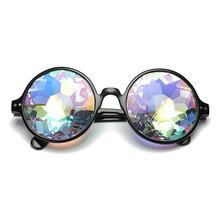 |
|
|
||
| Many Enneagram 5s would prefer to look at the world from behind a protective barrier, shielded from the action. This distant view allows them to gather data, assess and evaluate it objectively, without getting personally involved or depleted. They see systems with clarity, tracing resource requirements and implications. | 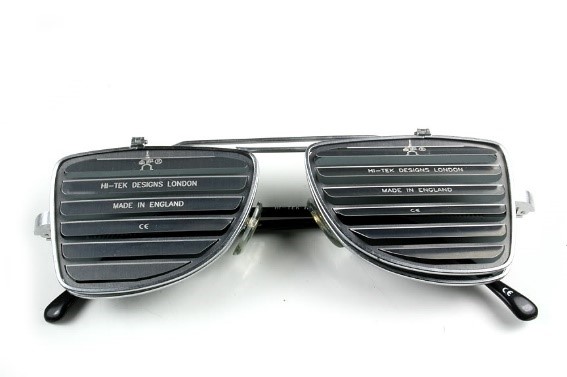 |
|
|
||
| The Enneagram 6 scans the world without giving much of themselves away. They see the world as unsafe and so they are constantly alert for danger and risk, seeing all possible scenarios and especially the worst-case scenario. They pay attention to the hidden dynamics in relationships, tracking trust and loyalty. | 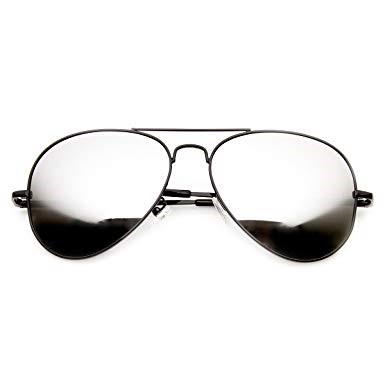 |
|
|
||
| The Enneagram 7 has wide-open eyes, trying to take in lots of information around them. They tend to focus on the future and the possibilities it holds, and may notice opportunities before others do. Their synthesising minds can see the patterns and connections within complex systems. Sevens can be blind to negative data or information. | 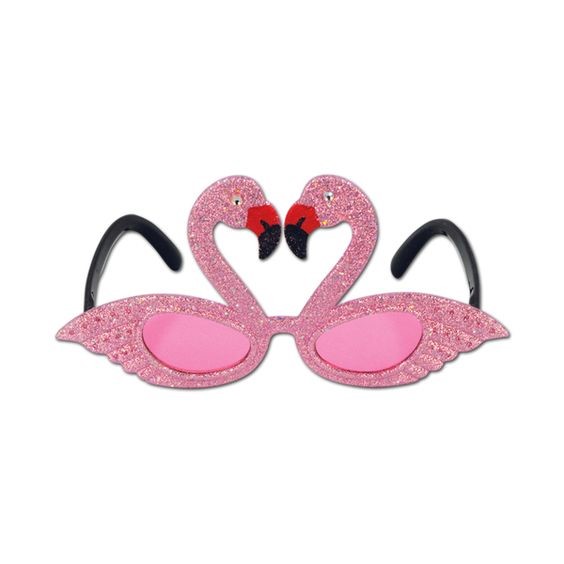 |
|
|
||
| Enneagram Eights’ gaze is firmly locked on what they want, potentially losing sight of other issues as a result. They tend to focus their attention on expanding their influence and will notice who else has power and influence in the situation. Eights also notice justice, stepping in to protect the innocent and the underdogs if needed. | 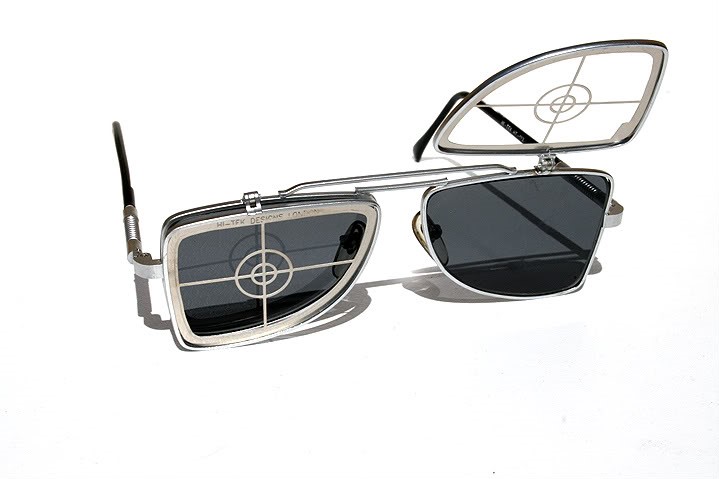 |
|
|
||
| The Enneagram 9 has a broad awareness of their environment, especially of all the different people and groups within it and what their agendas are. Nines tend to be very tuned into the dynamics and tensions in a situation and how others talk to each other, and they tend to focus on minimising conflicts and ensuring that all voices are heard. | 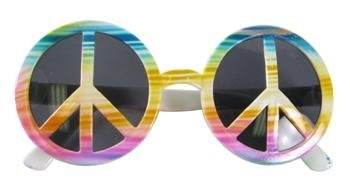 |
|
So what? Coaching the Enneagram perspectives
Given that Core Type will not change, and that we all wear a set of glasses, where should we focus our efforts in coaching clients around these issues?
It is important to understand what ‘glasses’ we are wearing, and learn ways to swap those for other perspectives. The Enneagram offers a journey of integration and broadening perspectives in line with this. As a coach, you can be aware of your clients’ worldviews and filters, and compassionately point these out when they enter into a coaching journey with you.
The process of coaching towards integration involves making clients aware of how their Type and worldview may be limiting their attention and choices, and introducing conscious strategies to access more broad perspectives where necessary. You could use coaching techniques, such as the techniques taught in our iEQ9 Accreditation trainings, intentionally introducing other, helpful points of view to clients, inviting them to put on another set of glasses for a while.
Finally, remember that our glasses depend on our blind spots – the areas that our particular Type filters or excludes from our awareness. By compassionately working on blind spots, our clients can reduce the amount of distortion their lenses create, and balance their perspectives more. By making clients aware of these perspectives, the first steps to greater awareness have already begun.
Want to increase your awareness around your point of view?
Get your Enneagram Type
 What is the Enneagram?
What is the Enneagram?
 Introduction to the 27 Subtypes
Introduction to the 27 Subtypes
 Introduction to the 3 Centers
Introduction to the 3 Centers
 Wings
Wings
 Lines and Integration
Lines and Integration
 Enneagram History & Origin
Enneagram History & Origin
 Enneagram for Myself
Enneagram for Myself
 Enneagram for Practitioners
Enneagram for Practitioners
 Enneagram for Business
Enneagram for Business
 iEQ9 Individual Reports
iEQ9 Individual Reports
 iEQ9 Team Reports
iEQ9 Team Reports
 iEQ9 Questionnaire
iEQ9 Questionnaire
 Training Events
Training Events
 Level 1 iEQ9 Accreditation
Level 1 iEQ9 Accreditation
 Level 2 Enneagram Team Dynamics
Level 2 Enneagram Team Dynamics
 International Enneagram Conference
International Enneagram Conference
 iEQ9 Community of Practice Events
iEQ9 Community of Practice Events
 About Integrative9
About Integrative9
 Meet the Faculty
Meet the Faculty
 Testimonials
Testimonials
 Contact Us
Contact Us
